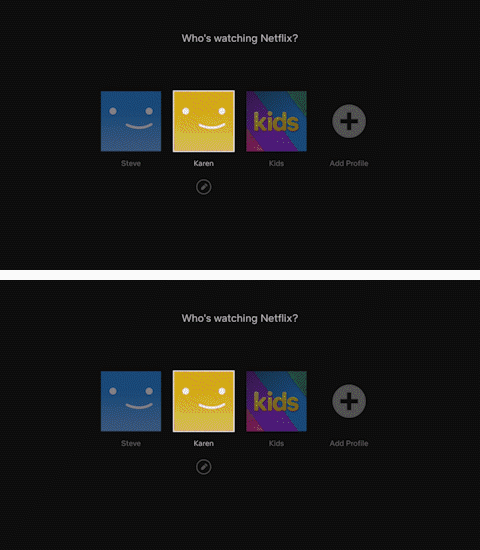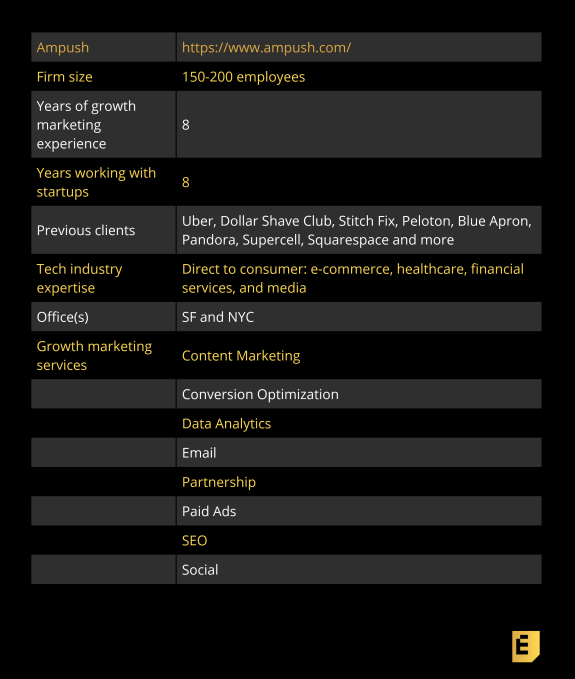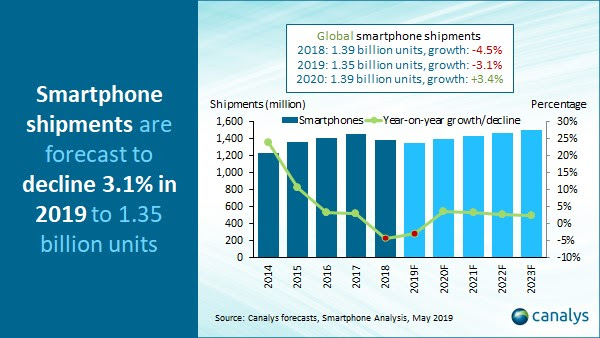International money transfer service TransferWise, has made a significant incursion into the US market today, launching a MasterCard debit card alongside a multicurrency account. Mirroring the card it has already launched in the UK and Europe last year, the card will work in over 40 currencies without balance limits, and conversion fees will be competitive with current exchange rates. A similar card aimed at businesses will follow the consumer launch.
Co-founder Taavet Hinrikus told me that the card effectively makes the average person able to act like a millionaire when they are traveling. “Alternative ‘travel’ cards are four times more expensive for every dollar spent and are only available to the top 10% of people who pass credit checks and also pay hundreds of dollars per year,” he said.
He believes this card will democratize the whole market. That means it’s likely that US tourists in Europe or elsewhere will be hugely attracted to this card because they will be charged as if they were a local person, in the local currencies, without all the normal fees.
Transferwise is also pushing an immigration angle to the launch featuring Tan France (pictured), star of “Queer Eye For The Straight Guy”.
Key features of the account and debit card include international bank details for the UK, the US, Europe, Australia, and New Zealand, meaning account and routing numbers that are unique to the account holder. Additionally, if a holder swipes a card in a currency they don’t have in their account, the card knows to choose the cheapest option from their available balances. The card is also free to get, with now no subscription, no sign-up fees, and no monthly maintenance fee. Holders can also freeze/unfreeze the card from the Transferwise app and receive push notifications every time they spend. It will also sync with Apple Pay, Google Pay, and Samsung Pay.
Hinrikus added: “Our goal is to offer bank details for every country in the world through one account — the world’s first global account — and we’re starting with five of the world’s top currencies. The 40-currency debit card completes the package, so we’re excited to be releasing the card in the US.
Earlier this year TransferWise said it was now valued at $3.5 billion after closing a $292 million secondary funding round. In November it reported an annual post-tax net profit of $8 million for the year ending March 2018. At the time it said it had five million users transacting $5 billion across its platform a month.
While Transferwise competes with the smaller Revolut and WorldRemit, as well as incumbents like Western Union and MoneyGram, with the launch of this new card it will also be breathing down the neck of Paypal.
Its investors include Old Mutual, Institutional Venture Partners, Andreessen Horowitz, Lead Edge Capital, Lone Pine Capital, Vitruvian Partners, BlackRock, Valar Ventures, Baillie Gifford, PayPal founder Max Levchin, and Virgin Group founder Richard Branson, among others.
from blogger-2 https://ift.tt/2XfQ38l
via
IFTTT




